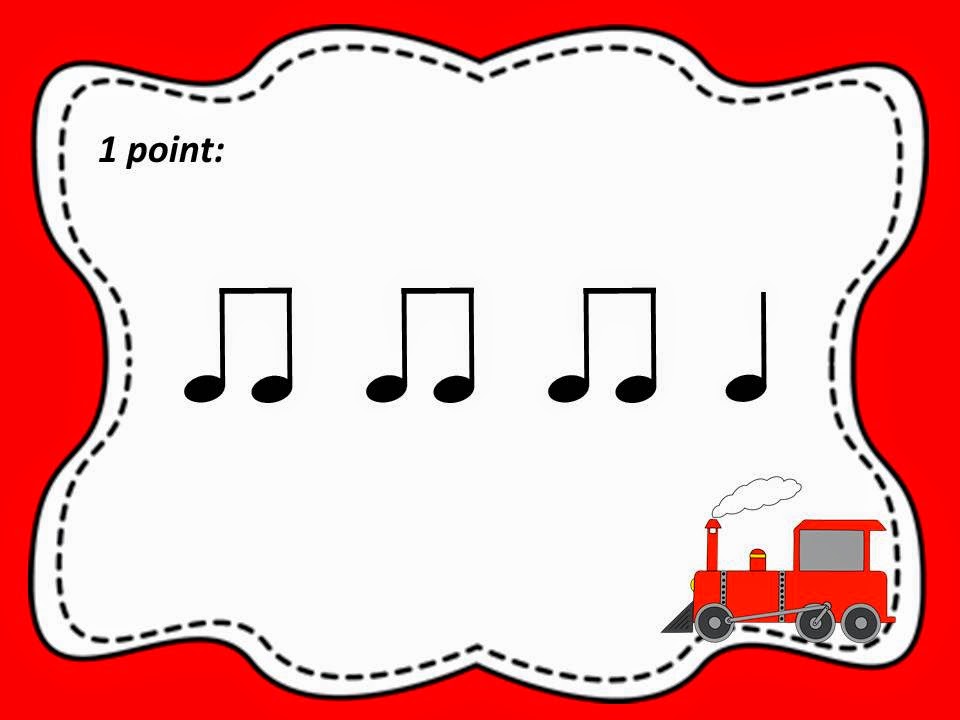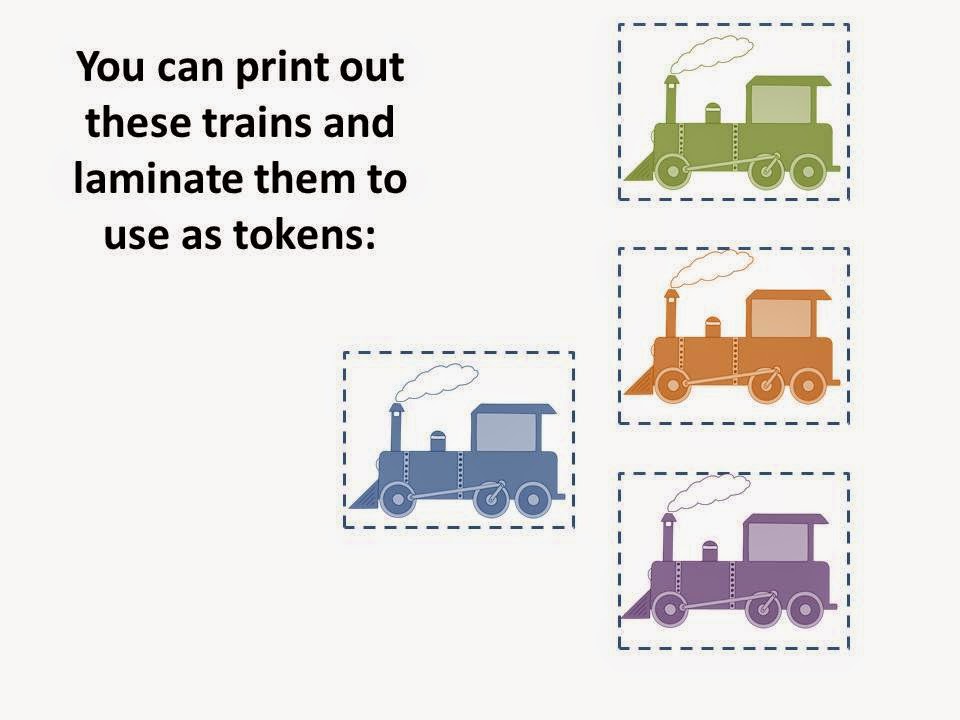Who doesn't know and love "Frere Jacques"? This is a folk song that most of your kids even know, but there is so much you can do with it. This is a great song to present half note, fa, low sol, part-singing, and so much more! I'm using it this year to present half note to my 2nd graders. We prepped and prepped half note at the end of last year, and have been reviewing it for this year. I'm just about ready to present it (my 2nd graders this year are just amazing - this is slightly earlier than I've done it with 2nd grade in the past). Anyway, we've been singing this song in class and doing different activities with it. I had them do this little game/dance that I sort of made up:
Standing in a double circle in pairs, each circle walks to their right for 8 beats, then back for 8 beats to face their partner (1st 8 beats is "Frere Jacques," 2nd is "Dormez vous?")
Play patty-cake on next 8 beats (Sonnez les matines) clap-right-clap-left, clap-right-clap-left
On last 8 beats, wave good-bye and take one step to the right (opposite directions for circles) and face a new partner. Repeat.
If you do this enough times, the kids should be standing in front of their original partners after a few turns. My kids loved this! I also loved that by counting the beats, they were internalizing that they took two steps on "vous" - a great prep for half note.
Another activity they really enjoyed is identifying the long notes. We haven't labeled them yet, but they know where they are. I had some students come up and play a few instruments that make "bell" sounds - finger cymbals, triangles, etc on the long notes. Then, a student suggested that instead of singing, the instruments play the "din dan don" part on their own. So great! So, that inspired me to write a simple little Orff arrangement. Feel free to adapt it to your instruments, change parts up, etc. I've included a simple recorder part if you'd like to use it with recorders.
I created a file for Teachers Pay Teachers that can help when you present the half note, fa, or low sol, as this song is great for all of them!
It has a lot included, like iconic rhythmic notation:
Iconic melodic notation:
Actual rhythmic notation:
Song lyrics in English and French, and more. You can find it here for $1.50 if you want to help contribute to my adoption fund :)
Frere Jacques
Since my focus this year is on music around the world, I'm choosing to teach this song in French. I was looking around the internet the other day, and found this great website that has video clips of kids from different European countries singing this song in their own language:
Frere Jacques around the world. So cute! The kids get a kick out of this familiar song in so many languages!































